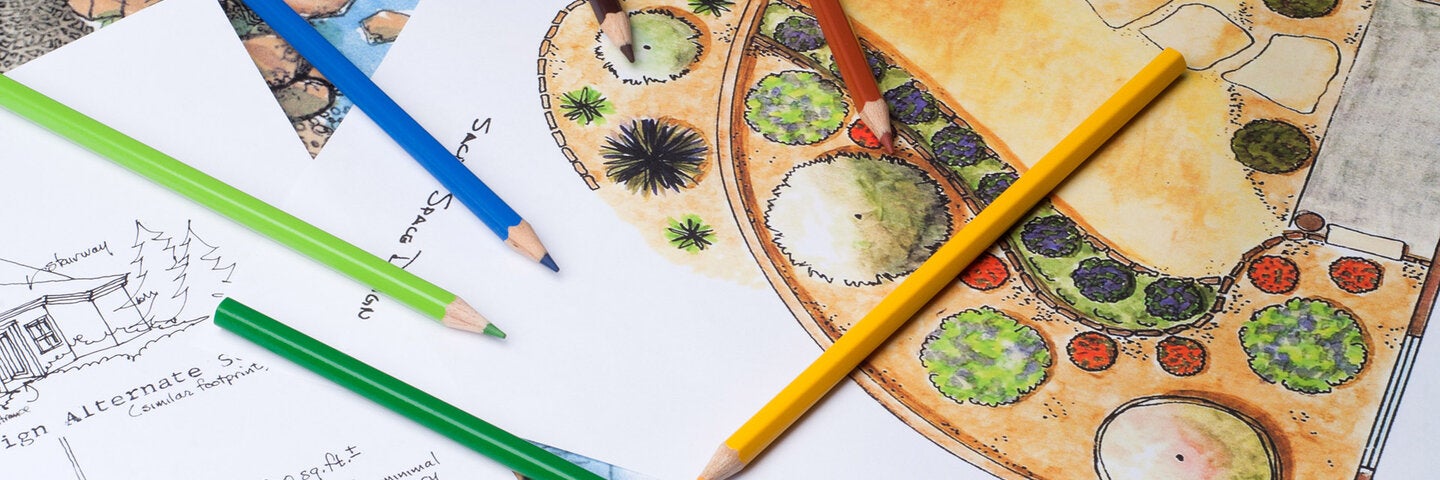Landscape Design 5: Planting Design

Landscape Design 5: Planting Design
ARCH X 472.5
Ecological and cultural contexts are examined as determinants for using plants in design.
Typically Available
Spring
Get More Info
What you can learn.
What you can learn.
Reinforce understanding of the essential role of plants in providing environmental services as well human comfort
Increase the depth of biophilia fundamental to an effective landscape
Understand and manage the conflicts between land stewardship, appearance, cost, maintainability, and the public’s health, safety, and welfare
Effectively explain design concepts through written narrative, graphics, and oral presentation
Create a high-quality planting design presentation for your portfolio
About This Course
In this course, plants and plant groups are studied as basic design elements in the landscape. Instruction emphasizes the arrangement of plant materials for defining, sequencing and articulating space. Ecological and cultural contexts are examined as determinants for sharply focused design concepts.
Prerequisites
ARCH X 472.9 Landscape Design 4: Environmental Analysis and Planning, ARCH X 472.8A Plant Identification: Trees and ARCH X 472.8B Plant Identification: Shrubs
This course applies toward the following programs

Landscape Architecture
certificate
certificate
Whether you want to design a national park, or a modest, water-efficient backyard, landscape architecture can give you the skills and abilities to change the places you live, work, and play for the better. The profession of landscape architecture is a multidisciplinary field that weaves together design, environmental systems, sustainability, construction knowledge—as well as land and water conservation—to influence place making, and to create designed outdoor living spaces.
Whether you want to design a national park, or a modest, water-efficient backyard, landscape architecture can give you the skills and abilities to change the places you live, work, and play for the better. The profession of landscape architecture is a multidisciplinary field that weaves together design, environmental systems, sustainability, construction knowledge—as well as land and water conservation—to influence place making, and to create designed outdoor living spaces.

